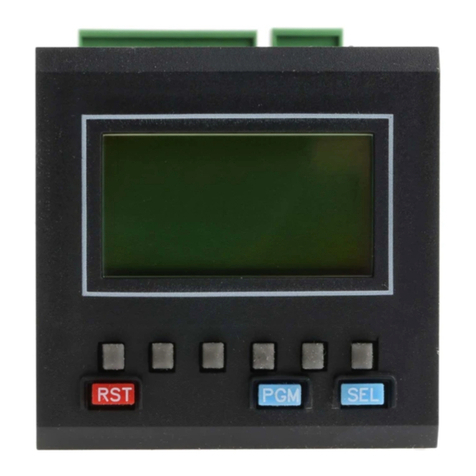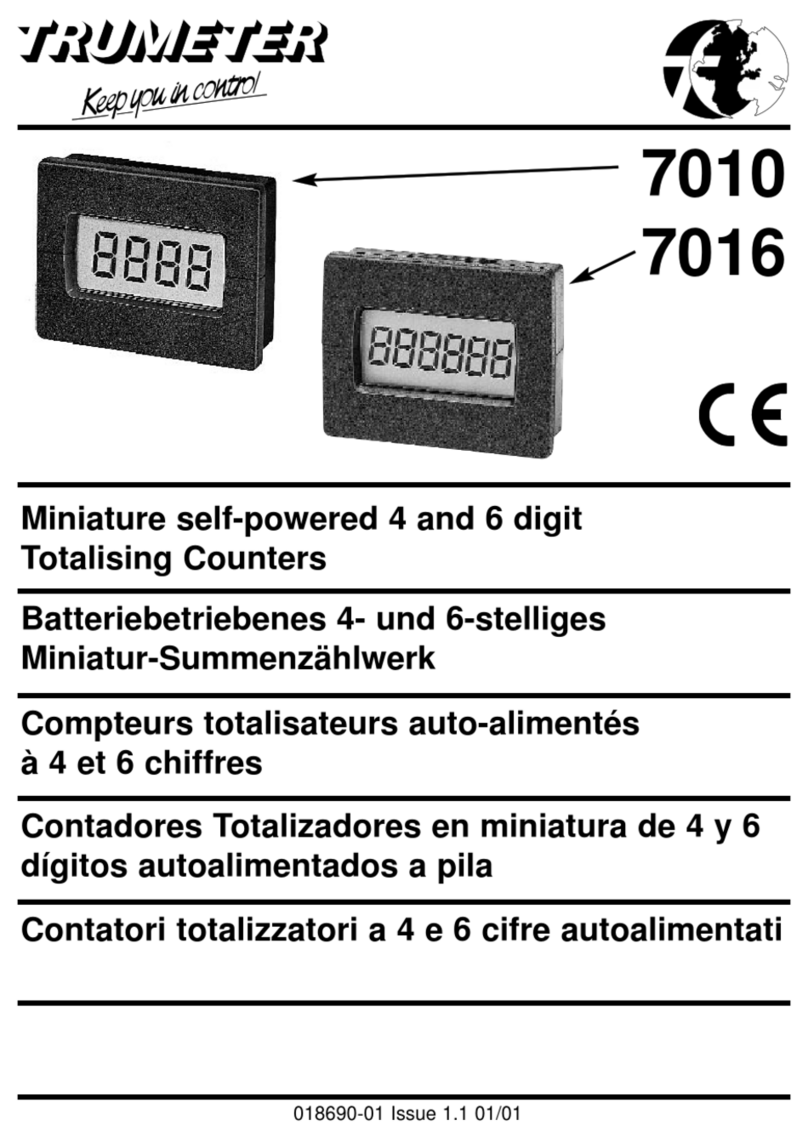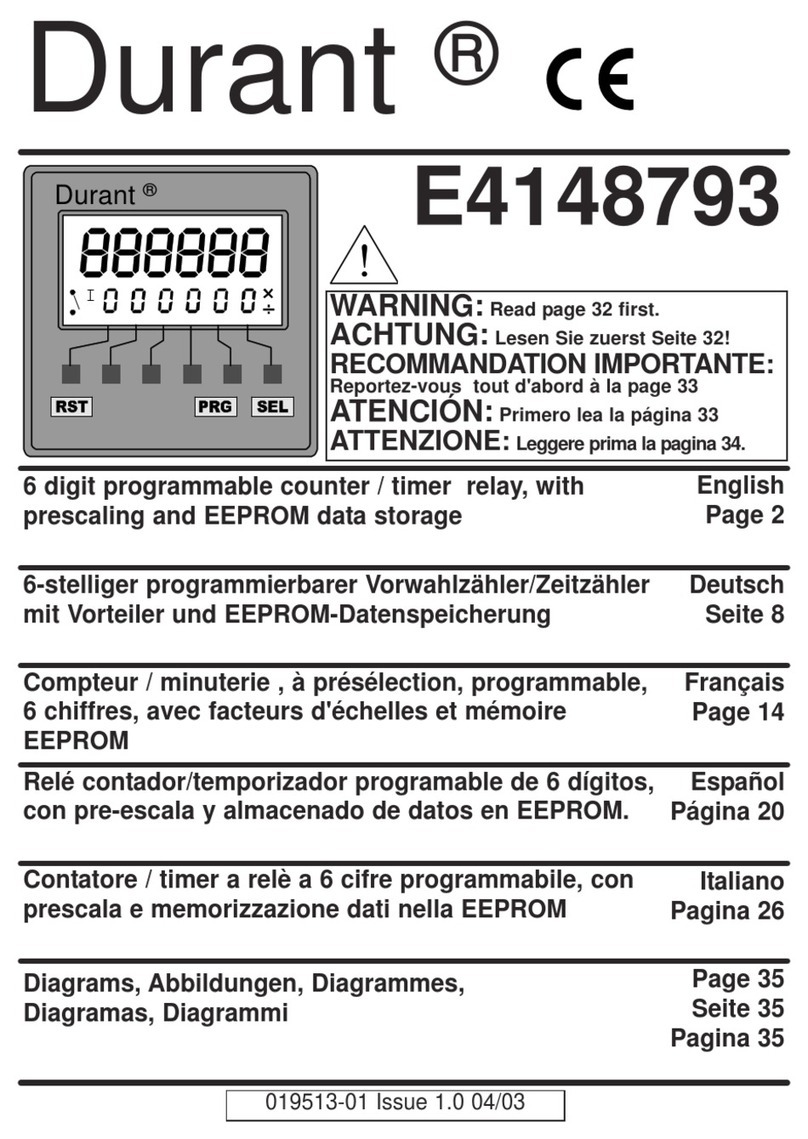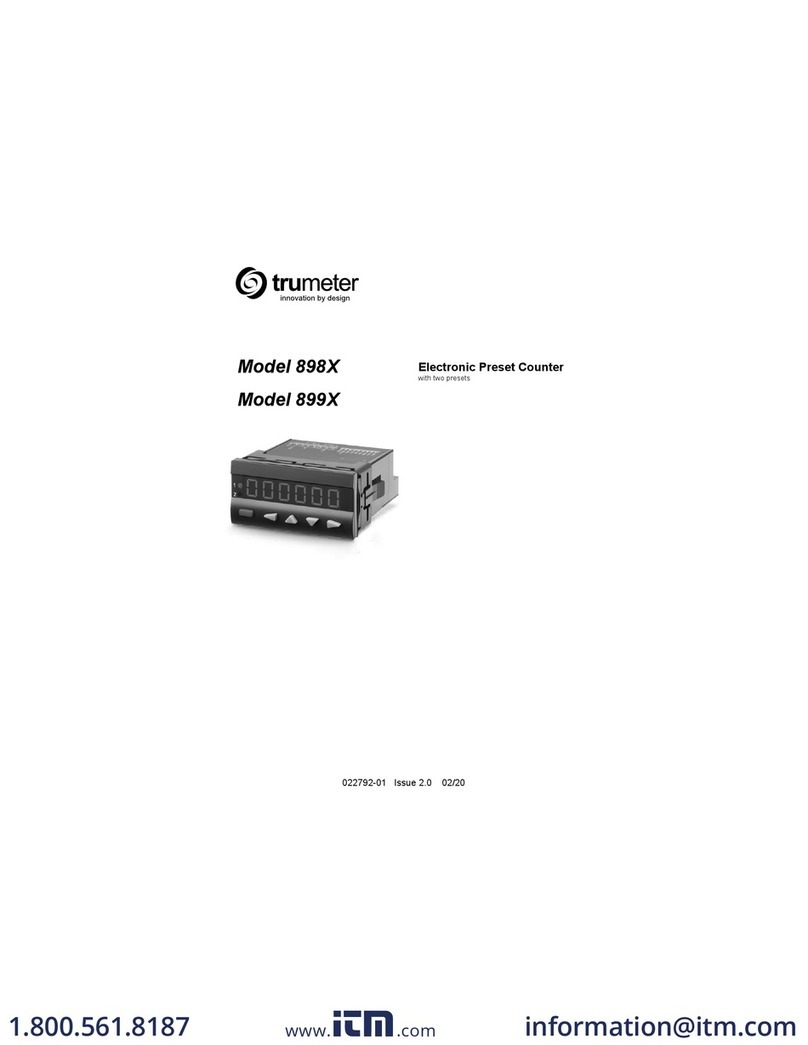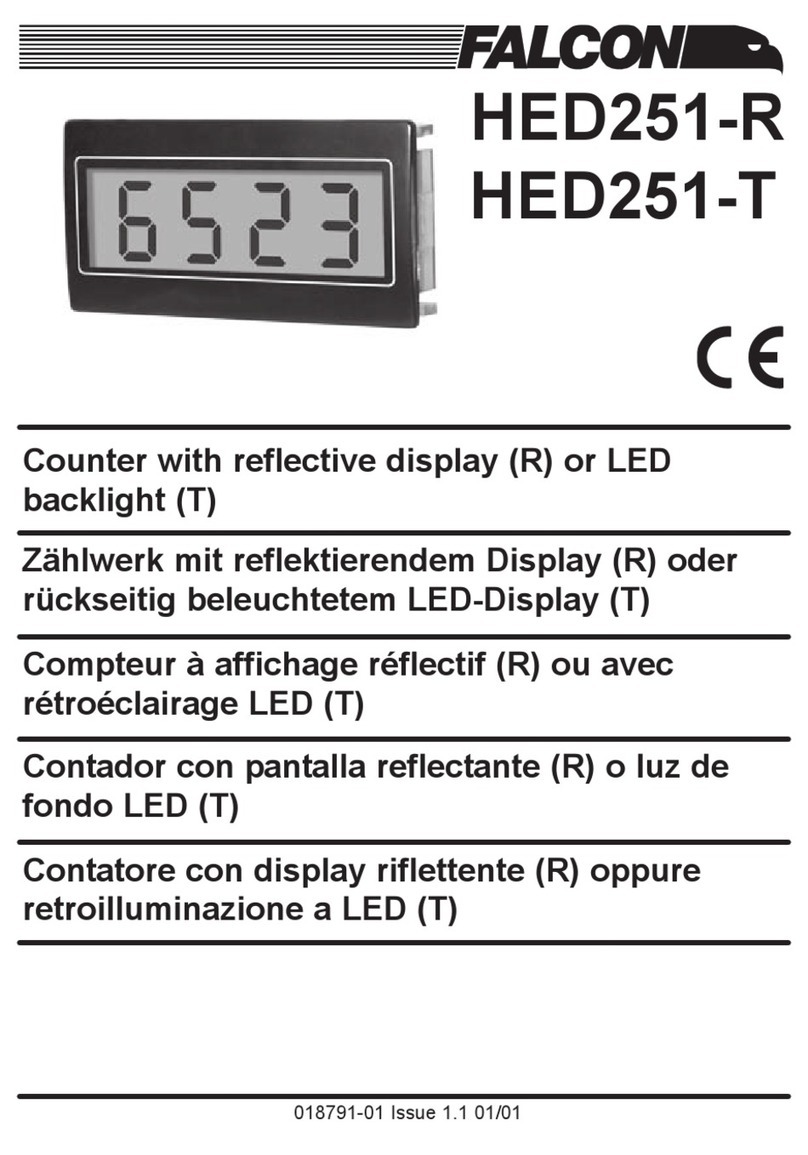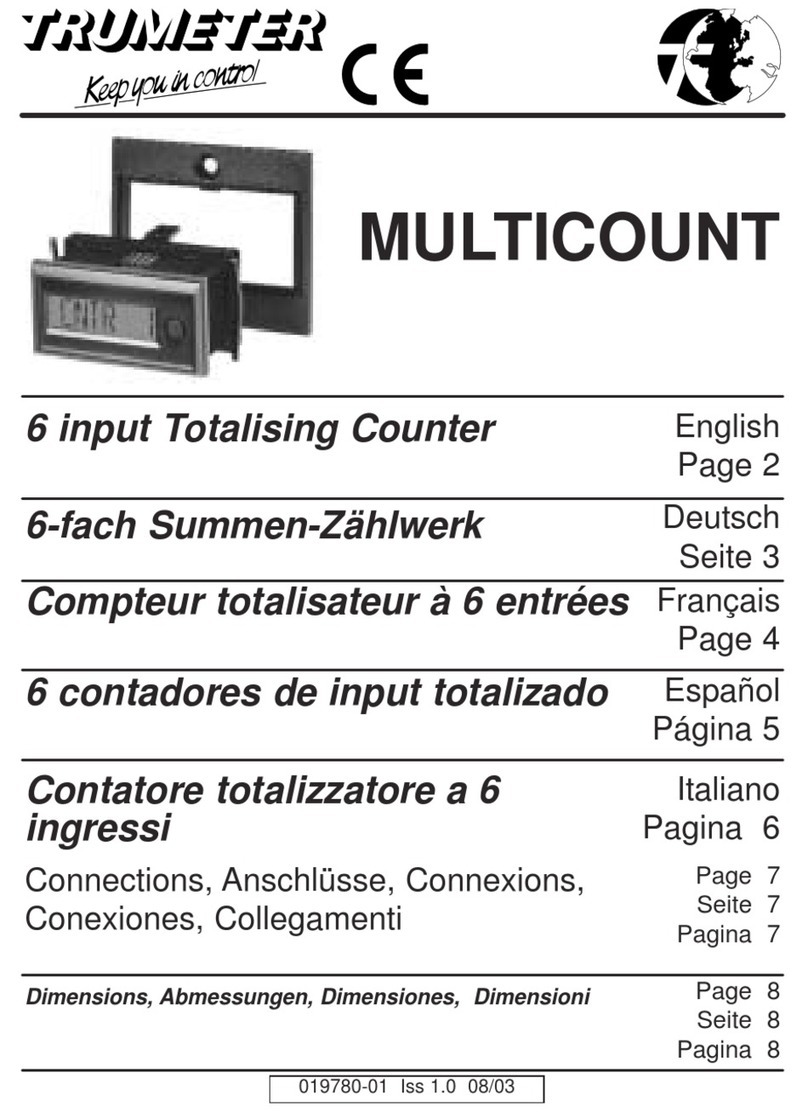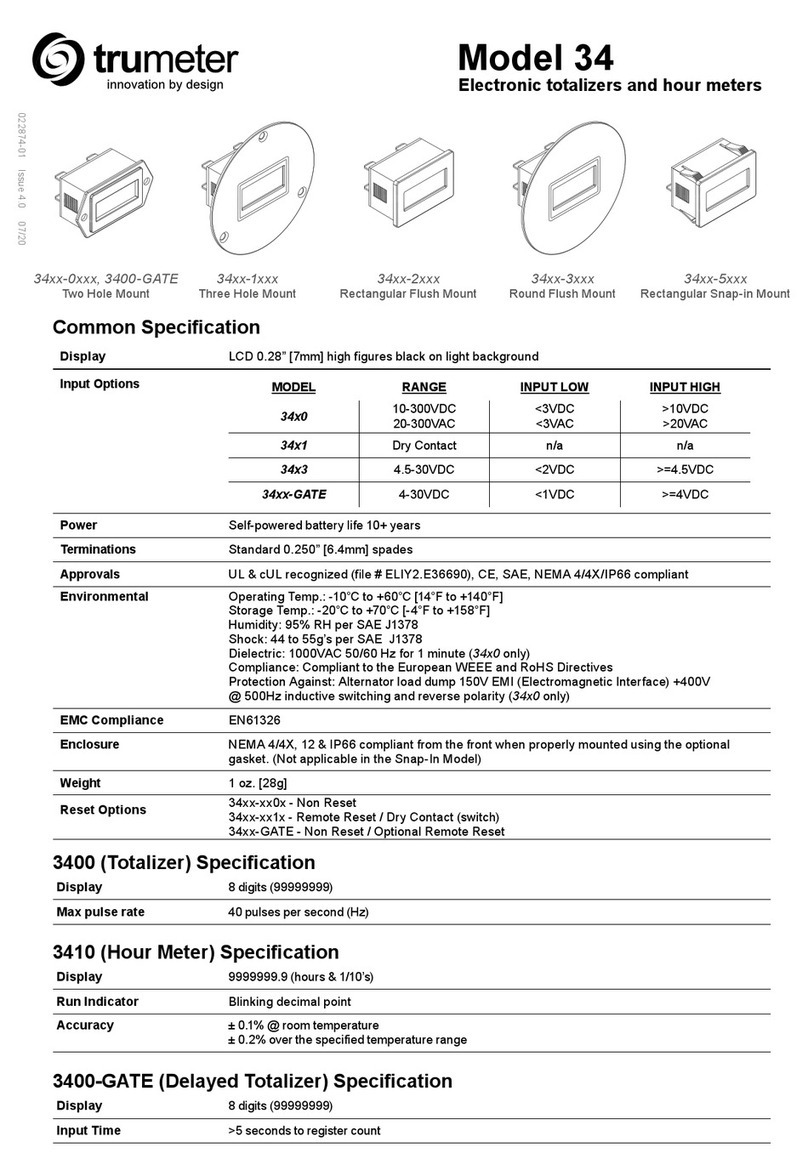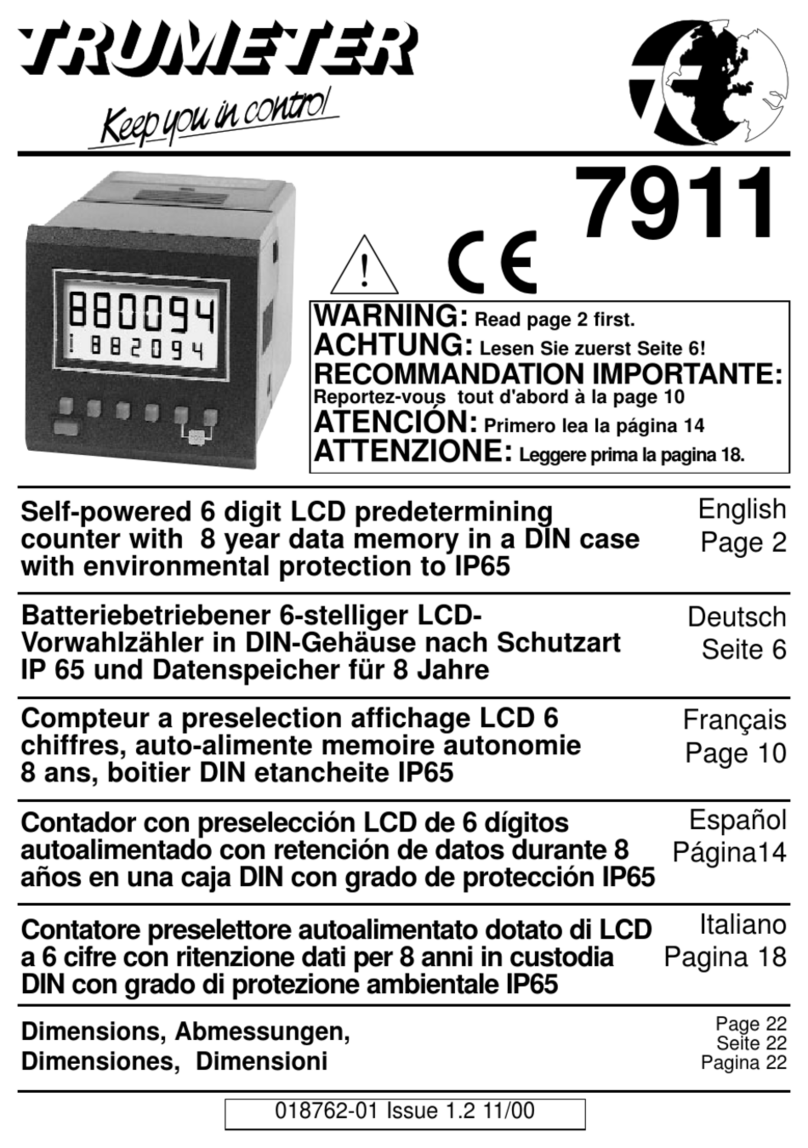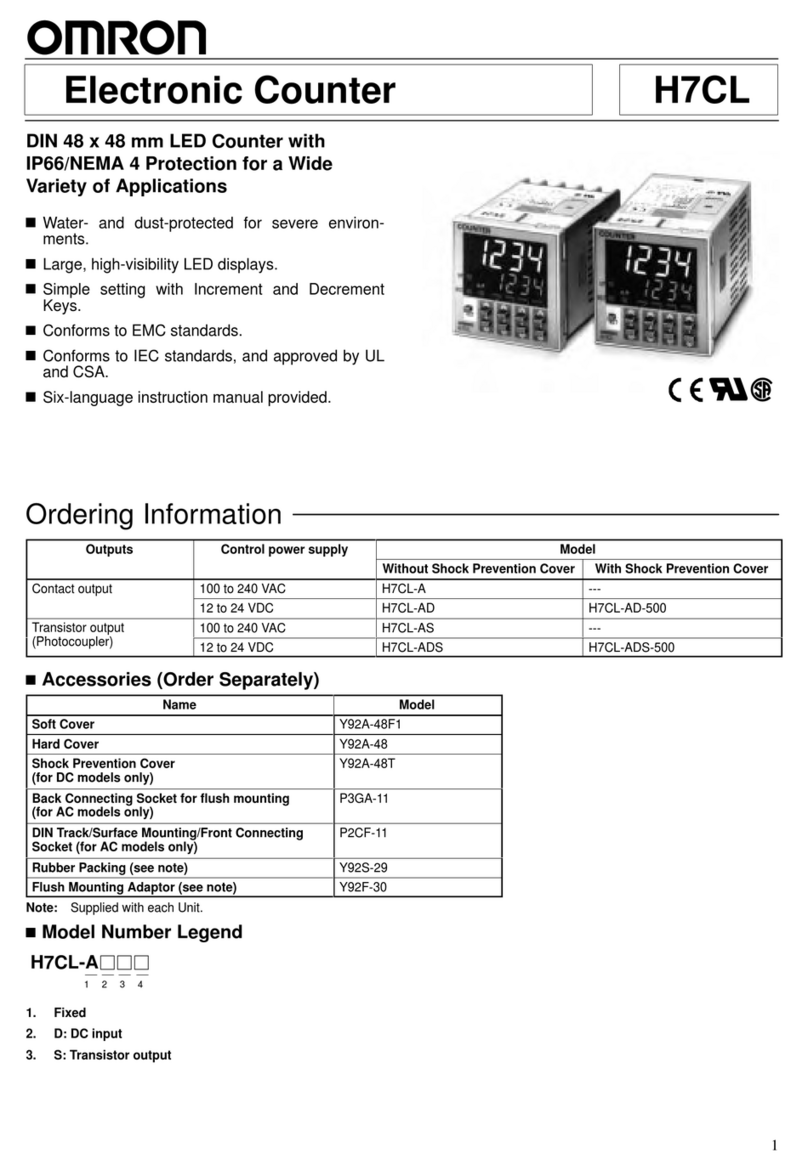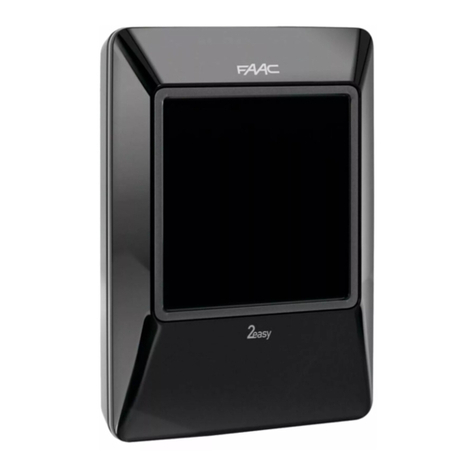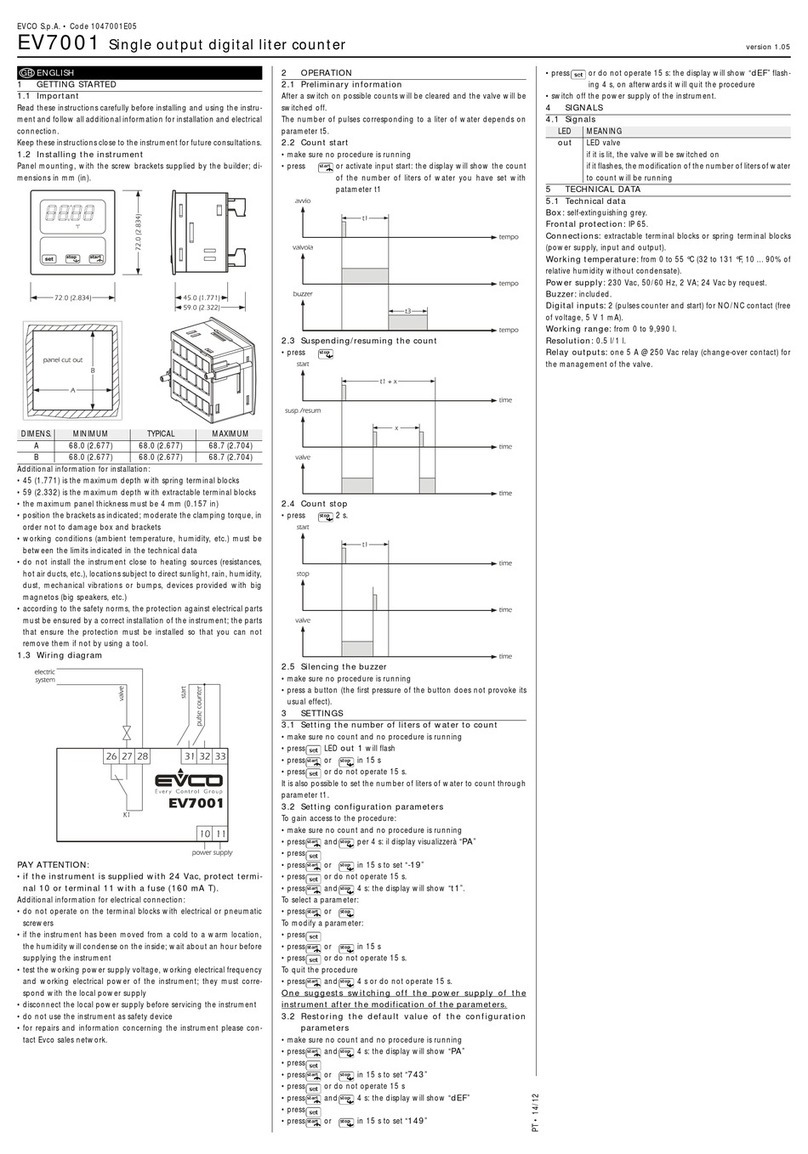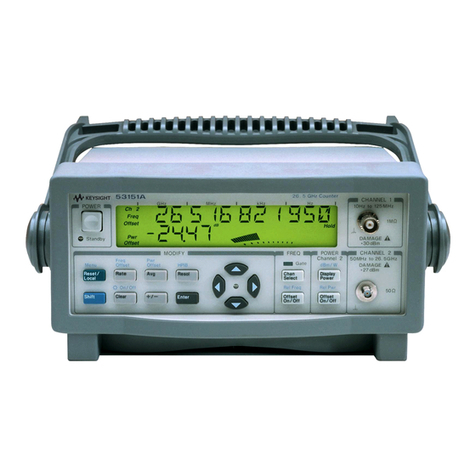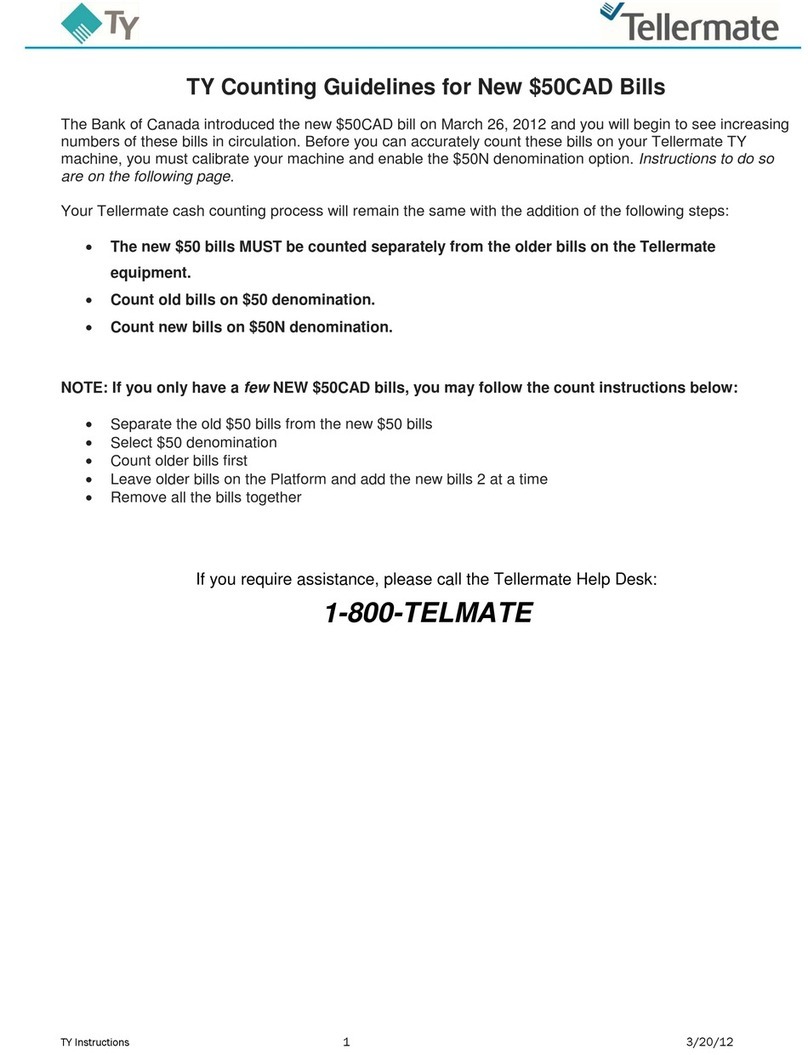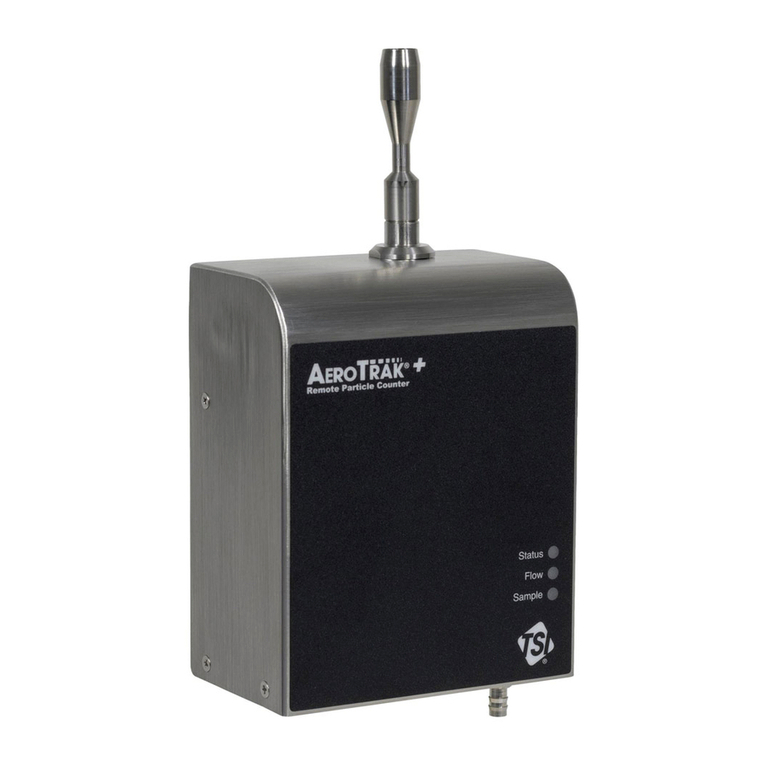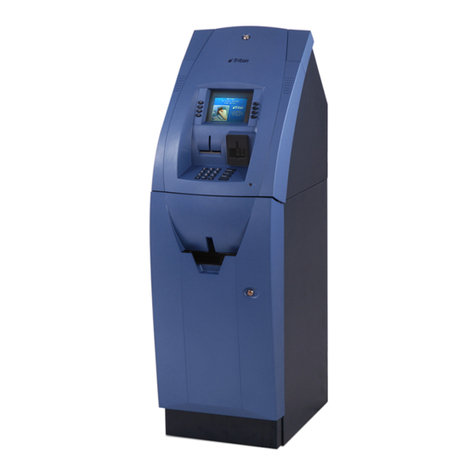
Page 5 | ENG
english
2.3 Electrical Installation
DANGER
The device must be disconnected
from any power supply prior to any
installation or maintenance work.
Make sure that no more voltages
LIABLE TO CAUSE AN ELECTROCUTION
are present.
AC-powered devices must only be
connected to the low-voltage network
via a switch or circuit breaker installed
close to the device and marked as
their disconnecting device.
Installation or maintenance work must
only be carried out by qualified
personnel and in compliance with the
applicable national and international
standards.
Take care to separate all extra-low
voltages entering or exiting the device
from hazardous electrical conductors
by means of a double or reinforced
insulation (SELV circuits).
DANGER
The device must be protected
externally for its proper operation.
Information about the prescribed
fuses can be found in the technical
information.
The relay outputs are not protected
internally in the device. Without
suitable protection of the relay
outputs, undesired heat development
or even fire may occur. The relay
outputs must be protected externally
by the manufacturer of the plant. It
must also be made sure that, even in
case of a malfunction, the values
stated in the technical data are under
no circumstances exceeded.
• During installation, make sure that the supply
voltage and the wiring of the output contacts are
both fed from the same mains phase, in order not
to exceed the maximum permitted voltage of
250V.
• The cables and their insulation must be designed
for the planned temperature and voltage ranges.
Regarding the type of the cables, adhere to the
applicable standards of the country and of the
plant. The cross sections allowed for the screw
terminals can be found in the technical data.
• Before starting the device, check the cables for
proper wiring and tightening. The screws of
unused screw terminals must be screwed to the
stop, so that they cannot loosen and get lost.
• The device has been designed for overvoltage
category II. If higher transient voltages cannot be
excluded, additional protection measures must be
taken in order to limit the overvoltage to the
values of CAT II.
Advice on noise immunity
All connections are protected against external
sources of interference. The installation location
should be chosen so that inductive or capacitive
interference does not affect the device or its
connecting lines! Interference (e.g. from switch-
mode power supplies, motors, clocked controllers
or contactors) can be reduced by means of
appropriate cable routing and wiring.
Measures to be taken:
Use only shielded cable and control lines. Connect
shield at both ends. The conductor cross-section of
the cables should be a minimum of 0.14 mm².
The shield connection to the equipotential bonding
should be as short as possible and with a contact
area as large as possible (low-impedance).
Only connect the shields to the control panel, if the
latter is also earthed.
Install the device as far away as possible from
noise-containing cables.
Avoid routing signal or control cables parallel to
power lines.
2.4 Cleaning and maintenance
The front side of the unit should only be cleaned
using a soft damp (water!) cloth. Cleaning of the
embedded rear side is not planned and is the
responsibility of the service personnel or of the
installer.
In normal operation, this device is maintenance-
free. Should the device nevertheless not operate
properly, it must be sent back to the manufacturer
or to the supplier. Opening and repairing the device
by the user is not allowed and can adversely affect
the original protection level.
3 Description
6-digit 14-segment LED display, 14 mm
Help Text display
Preset counter with two relay outputs
Preset entry via the front keys or via the Teach-In
function
Step or tracking preset
Pulse counter, Frequency meter, Timer or Hour
meter
Preset-, Batch- or Total counter
Set function for pulse counter and timer
